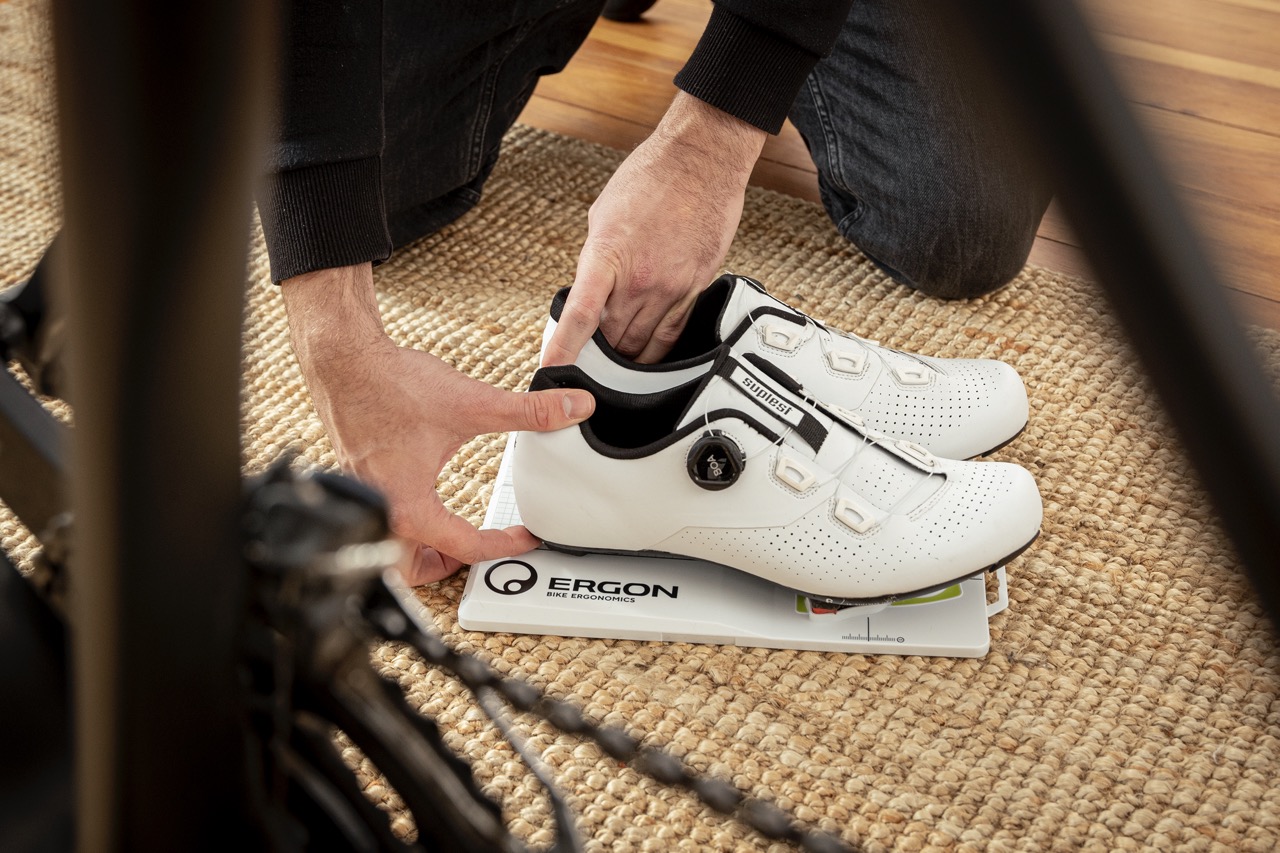Hip Pain While Cycling – Causes and Solutions

Hip pain during or after cycling is avoidable. We explain the causes and show you solutions for a better ride.
Hip Pain While Cycling – Causes and Solutions
We all know that exercise is healthy. The bicycle is one of the most popular sports and means of transportation. Therefore, it is particularly annoying when your enjoyment is marred by discomfort such as numbness or pain. In this article, we address the causes of hip pain while cycling and possible solutions to avoid it. It is somewhat counterintuitive that the hip can be strained while sitting in the saddle, as your legs do not even touch the ground. In fact, problems with the hip joint and hip muscles have some quite surprising causes that can be far removed from the actual pain.
Pre-existing Conditions in the Hip Area
Before we start: If you have a hip-related illness or injury – such as bursitis or hip osteoarthritis – you should always consult your doctor before getting on the bike. Although regular and relatively gentle exercise while cycling can alleviate hip pain, as it improves the mobility of the joints and the nutrient supply to the surrounding tissue, always seek professional advice to ensure your problems do not worsen.

Pain While Cycling – The Right Saddle
Let's start with the obvious – an unsuitable saddle for you and your riding style can cause pain and discomfort due to pressure, and a changed seating position can lead to a permanent misalignment of the hip. The perfect bike saddle for you should not be too wide or too narrow, and the relieving features must fit your sit bone width so that no pressure is exerted on the incorrect body parts. The correct saddle width depends on your sit bone width, which you can easily determine. An ergonomic relief features take into account both gender-specific anatomical differences and the different stresses on a road bike, gravel bike, mountain bike, or city bike. If you are unsure which saddle is optimal for you, please use the ERGON Saddle Selector to find the right model for you.
CORE 3D – A Saddle Revolution
To provide you with the best ride free from pain in the back, pelvis, hip, and buttock area, the ergonomics experts at ERGON have developed the CORE 3D technology. The Core saddles have a floating core made of flexible Infinergy material that adapts to natural pedaling movements. This mobilizes the muscles in the lower back and effectively minimizes seat pressure. Additionally, micro-vibrations and small shocks are absorbed. This makes sitting on the bike a blessing for your body, as not only does your riding comfort increase with the correct posture, but the mobility in the pelvis and hip area also improves, allowing for correct movement sequences in the joint.

Hip Pain While Cycling – The Right Posture is Crucial
In addition to the saddle, the correct posture on the bike is a prerequisite for a pain-free ride – and this applies not only to your hips but also to your thighs, knees, and feet, as well as your upper body and hands. The correct adjustment of saddle height, handlebars (of course with the right ergonomic bike grips), and cockpit ensures optimal pressure distribution. Saddle height, tilt, and setback influence hip movement and hip flexion angle. The forward bend angle of the upper body also affects the hip muscles, with a more upright seating position leading to better relief and mobility. To correctly adjust grips, cockpit, saddle height and tilt, and setback, you can either consult a bike fitting professional or use one of the ERGON Fitting Boxes and conveniently perform the bike fitting at home. A fitting is not only suitable for athletes; even with your city bike that you use for shopping, but a correct adjustment of all parameters is also much more effective in preventing pain in the buttocks, knees, and hips than a simple change in saddle height, which is often seen as a solution.

Hip Pain While Cycling – Pedals and Foot Position
Finally, a word about your feet. The correct position on the pedals, cycling-appropriate shoes, and (if available) correctly adjusted clipless pedals (cleats) not only ensure a safe, effective pedal stroke but can also prevent pain from incorrect loading in the legs, hips, and pelvis. Depending on foot and knee alignment, the biomechanics in the hip joint also change. The correct position on the pedals and the correct distance from pedal to saddle are adjusted in the fitting. You can adjust your cleats with a few simple steps using the ERGON TP1 Cleat Tool. The TP1 is usable without prior knowledge and is available for all common cleat manufacturers.

Hip Pain While Cycling – Conclusion
Now you know the common causes of hip pain while cycling and our solutions. If you still have problems while riding or hip pain after cycling despite the correct saddle and the right configuration of all bike components, see a doctor to ensure you do not have an undiagnosed injury or illness.